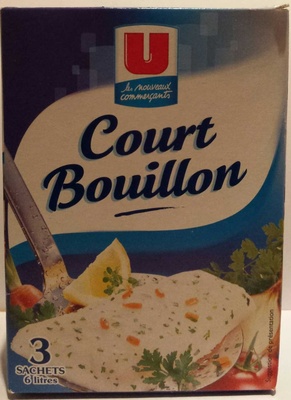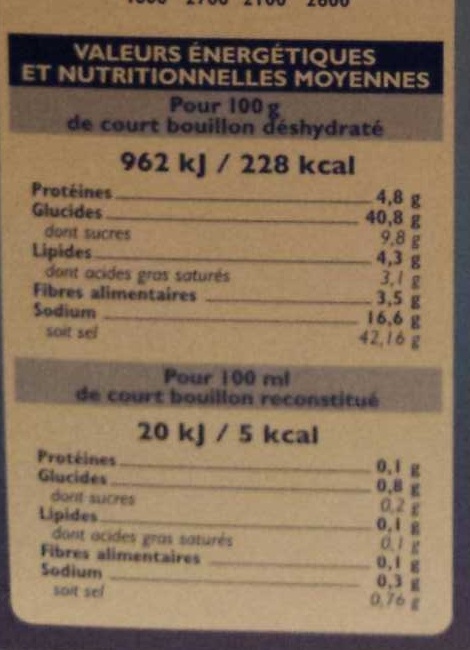Court bouillon - U - 120 g
This product page is not complete. You can help to complete it by editing it and adding more data from the photos we have, or by taking more photos using the app for Android or iPhone/iPad. Thank you!
×
Barcode: 3256221420111 (EAN / EAN-13)
Common name: Court bouillon déshydraté
Quantity: 120 g
Packaging: Plastic, Bag, Cardboard
Brands: U
Categories: Dried products, Dried products to be rehydrated, Broths, Dehydrated broths, Groceries
Labels, certifications, awards:
Green Dot
Stores: Magasins U
Countries where sold: France








